KEY FEATURES
- Compatible with 110/88/66 Blades: Multi-blade design supports a wide range of punch-down blocks and keystone jacks.
- Twist Lock Mechanism: Securely seats wires into terminal blocks for reliable connectivity.
- Integrated Cutting Function: Automatically trims excess wire after termination, saving time and ensuring a clean finish.
- Compact, Durable Design: 7.1 in (180 mm) body offers balance and control in tight spaces.
- Additional Blade Support: Compatible with Vertical Cable blade models 078-1025/B and 078-1025/B210 (sold separately).
- TAA Compliant: Meets Trade Agreements Act requirements for government and federal installations.
APPLICATIONS
The 078-1025 Punch Down Tool is ideal for a variety of structured cabling and telecom installations. Perfect for:
- Voice and Data Patch Panels
- 66/110 Block Terminations
- Structured Cabling Projects
- Rack and Wall-Mount Enclosures
- Telecom and Network Closets
WHY CHOOSE THE 078-1025 IMPACT PUNCH DOWN TOOL?
Cabling professionals trust this tool for its durability, ease of use, and flexibility across a wide range of applications:
- Multi-Blade Flexibility: Works with 110, 88, and 66 styles in one compact tool.
- Consistent Terminations: Impact design ensures secure and uniform wire seating.
- Built for Field Use: Durable housing and balanced weight are ideal for repetitive tasks.
- Blade Compatibility: Easily swap blades for different block types or replacement needs.
- Professional Tool: Designed to meet the demands of daily telecom and data installation work.
WHAT’S NEXT?
After equipping your 078-1025 Punch Down Tool:
- Add Spare Blades (078-1025/B or B210) – Be prepared for high-volume jobs or blade wear.
- Stock Cable Management Accessories – Keep your terminations clean and organized.
- Pair with Keystone Jacks or Blocks – Complete your structured cabling install with reliable connectivity.
For more premium Tools, visit our Tools category and discover top-tier solutions today!
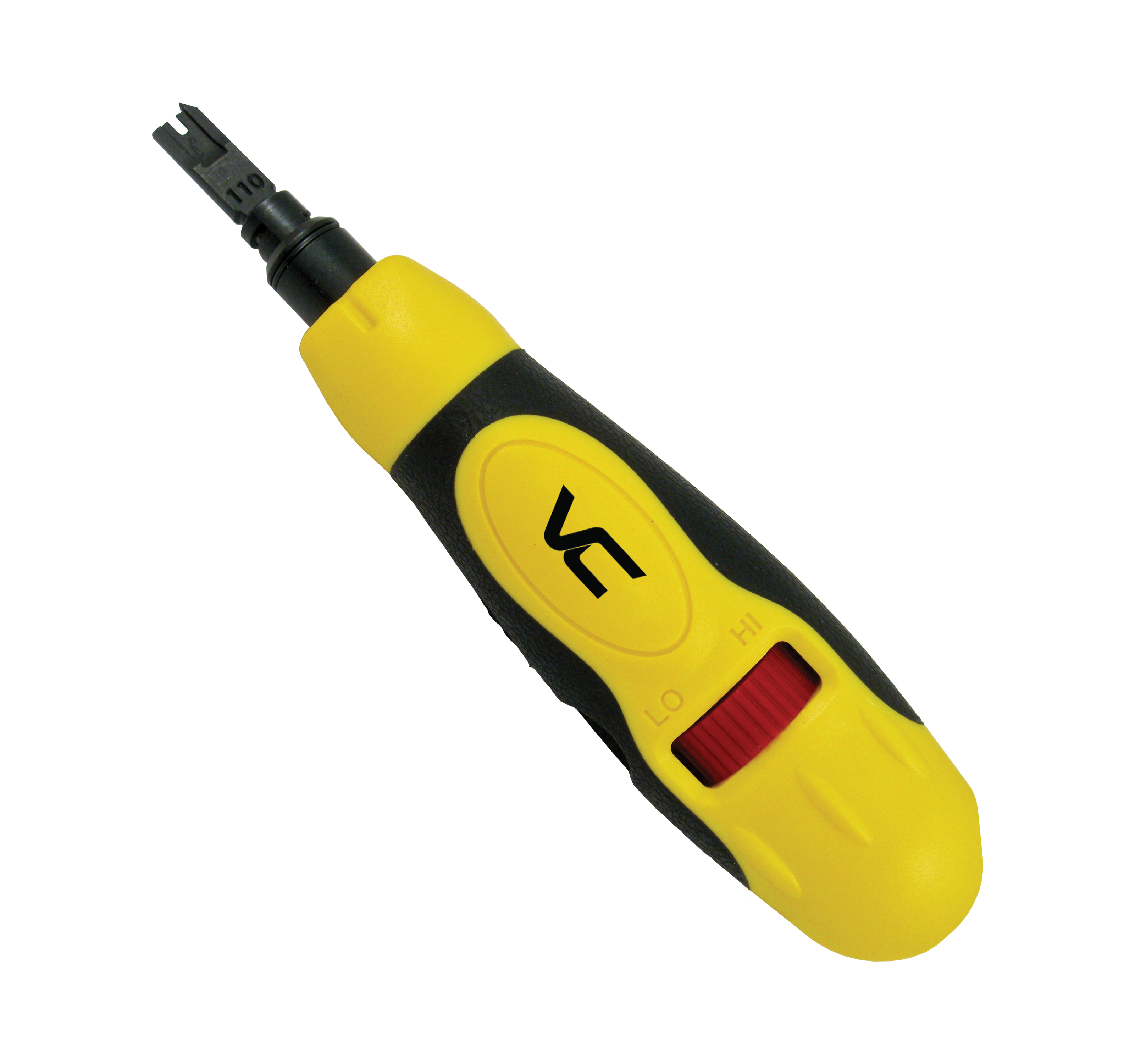
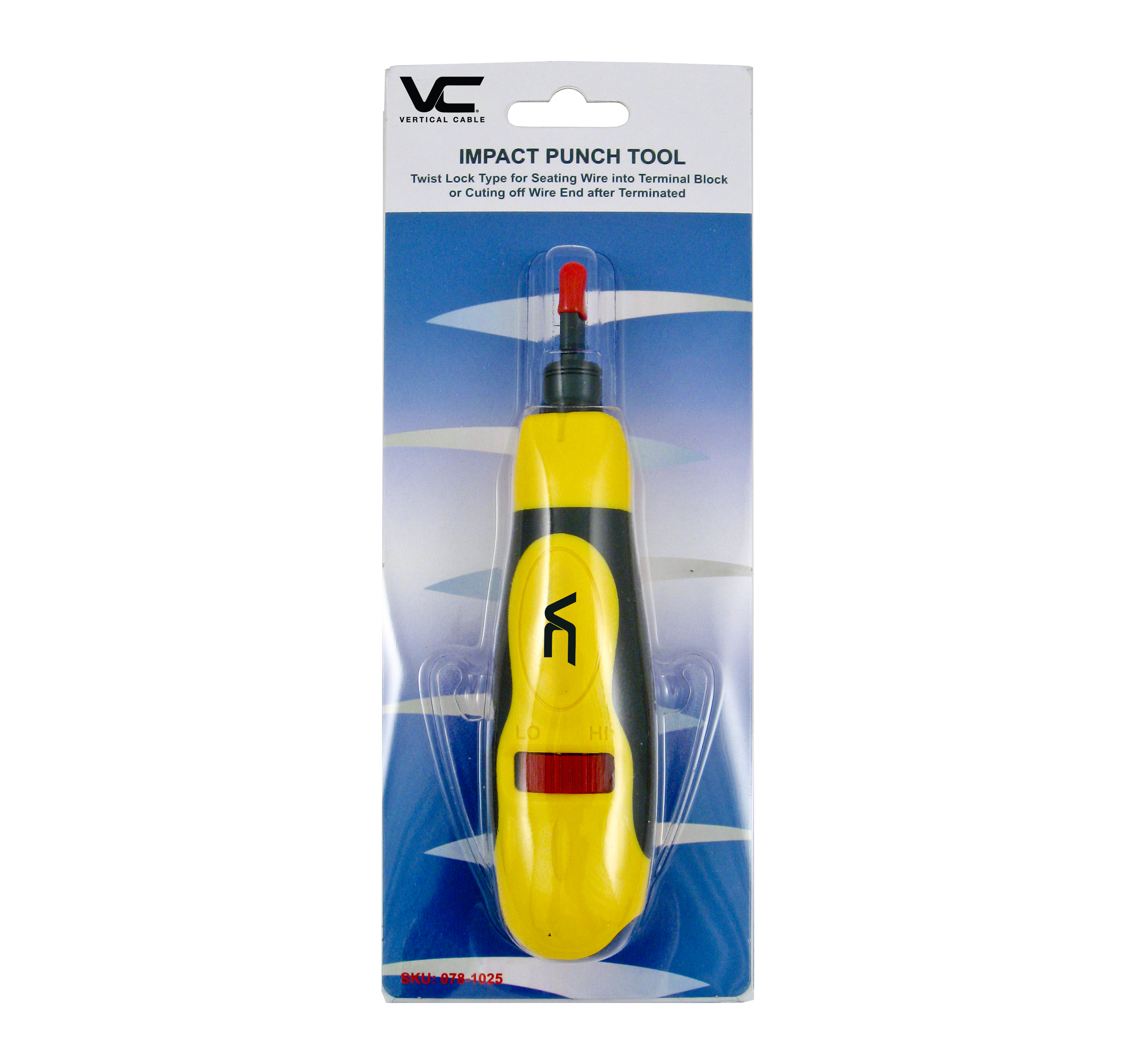
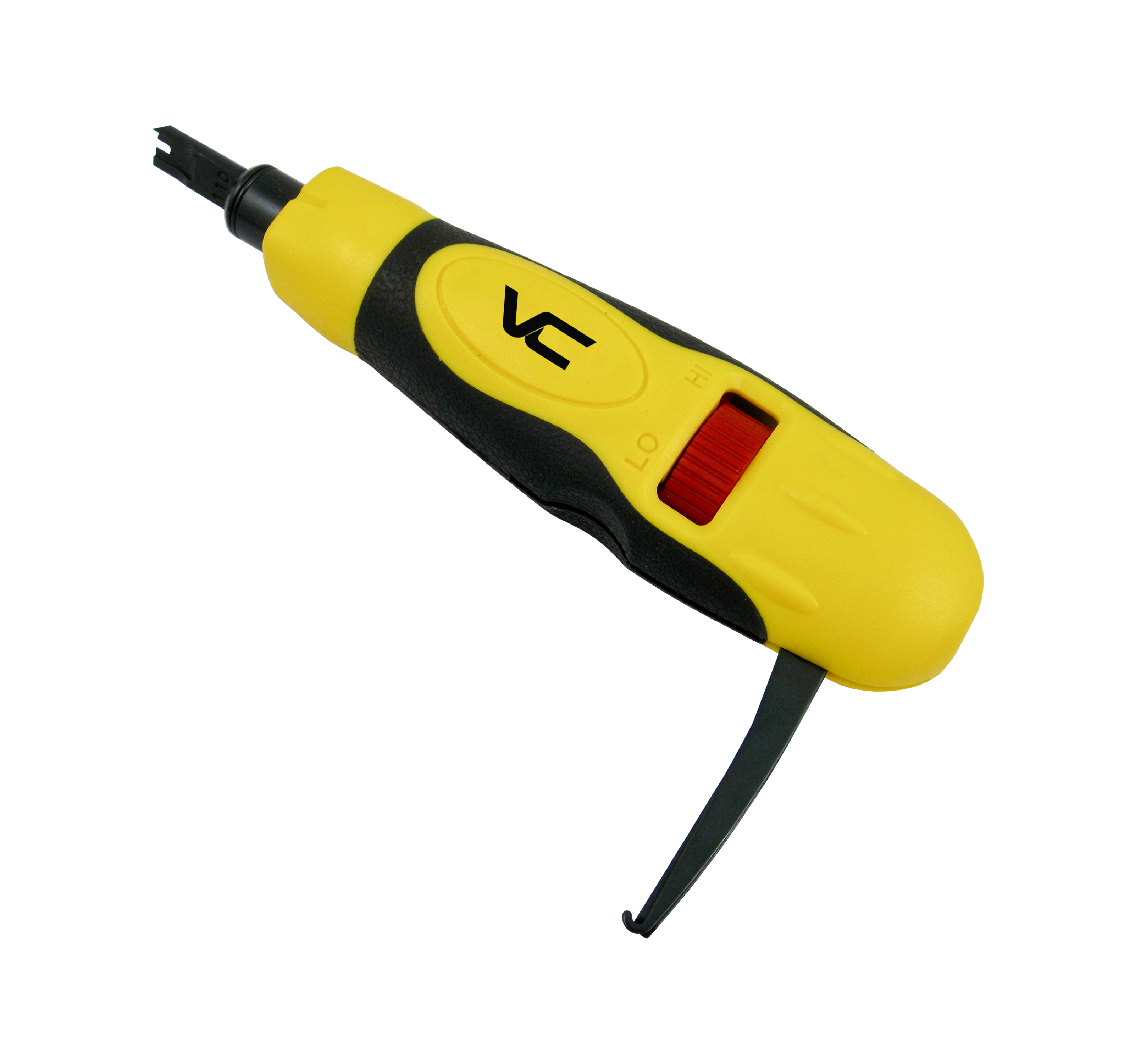
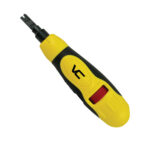
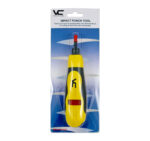
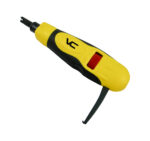
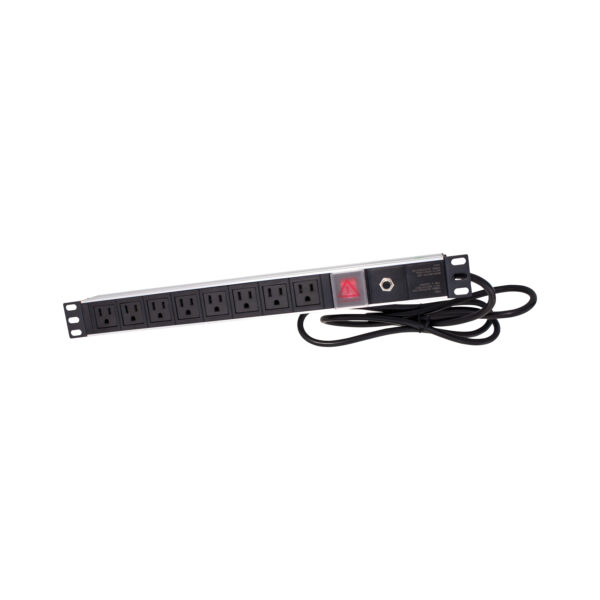
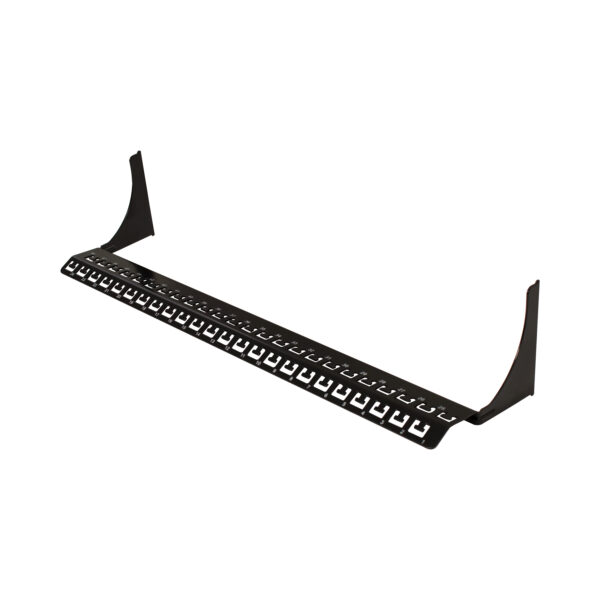
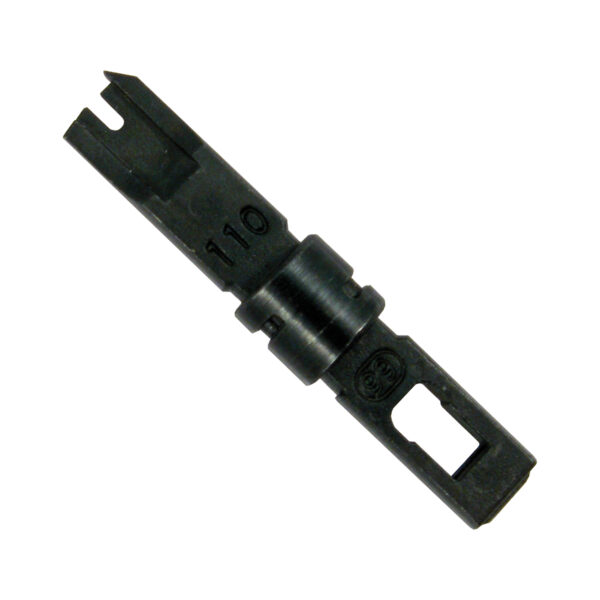
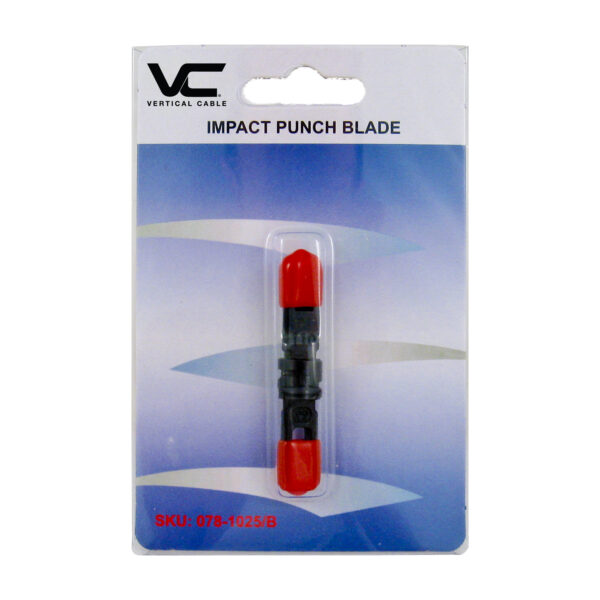
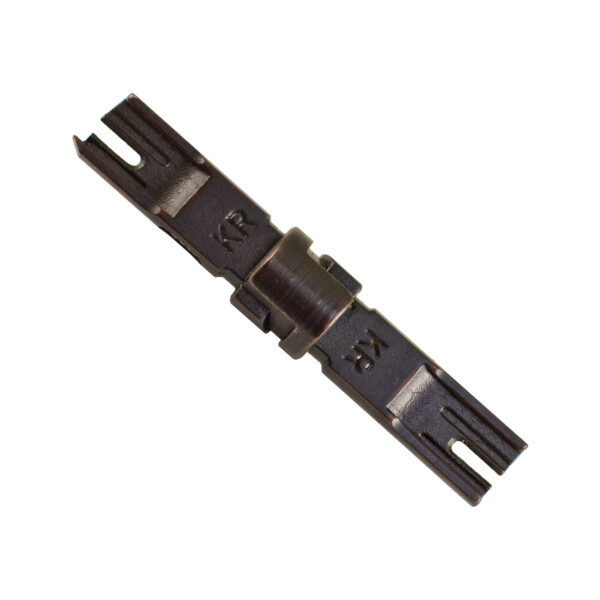
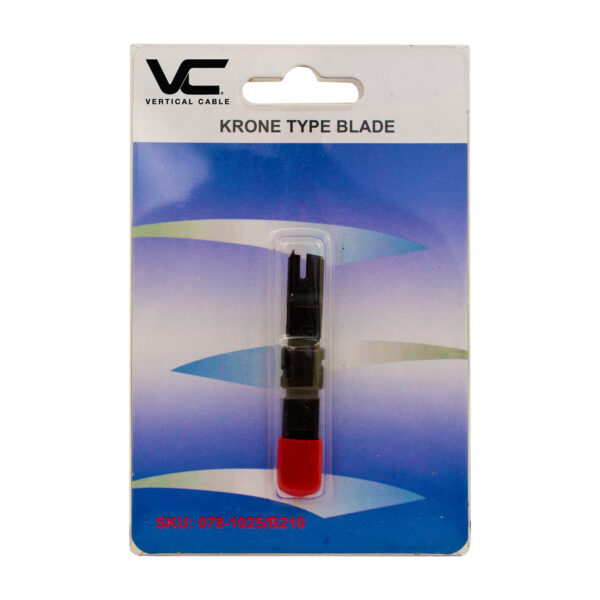
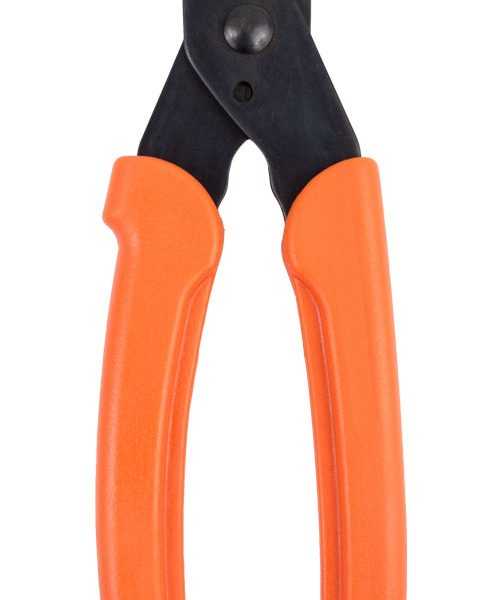
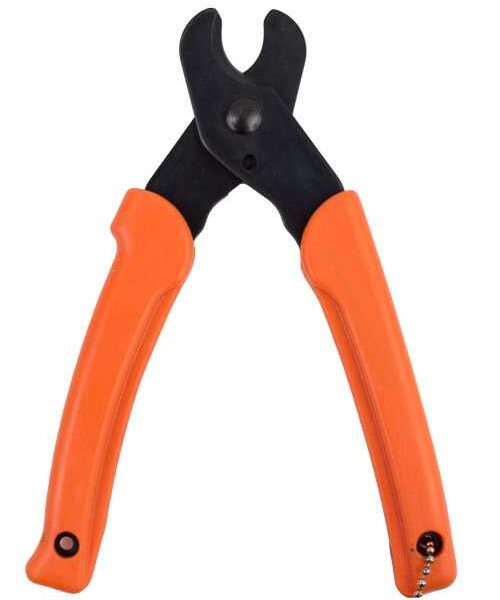
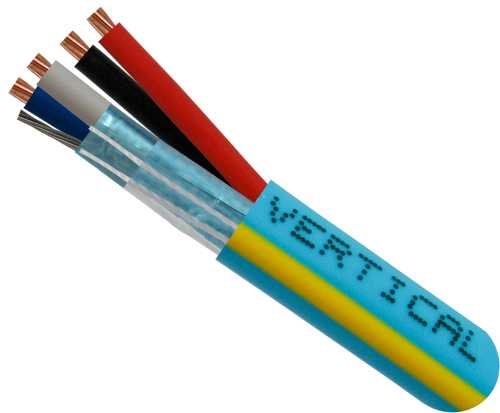
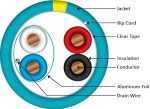
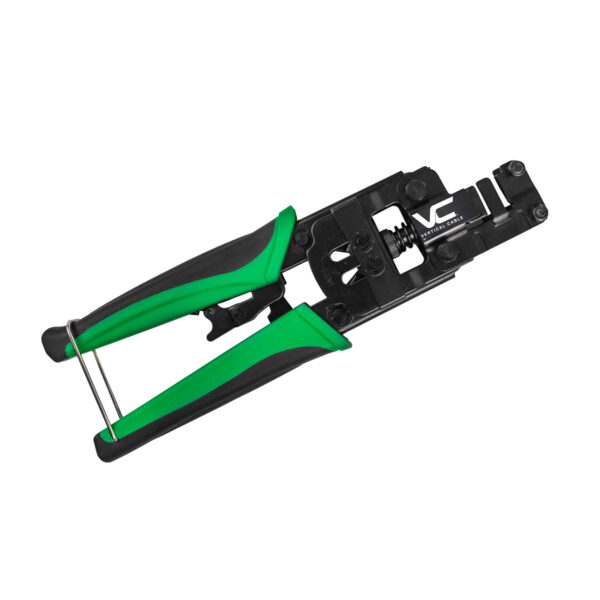
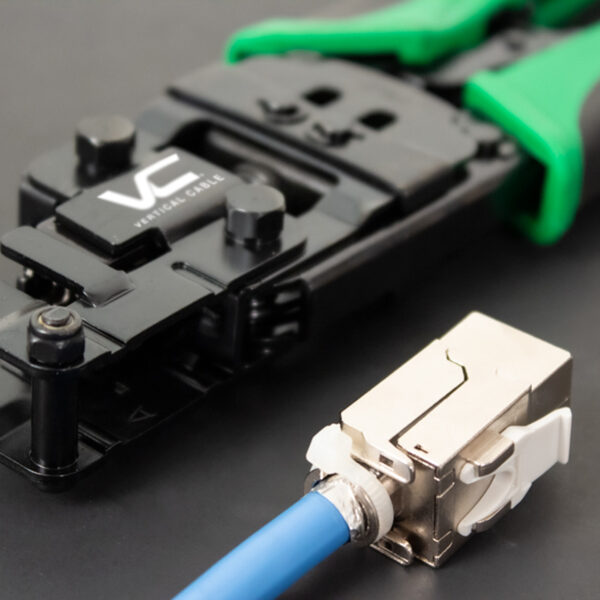
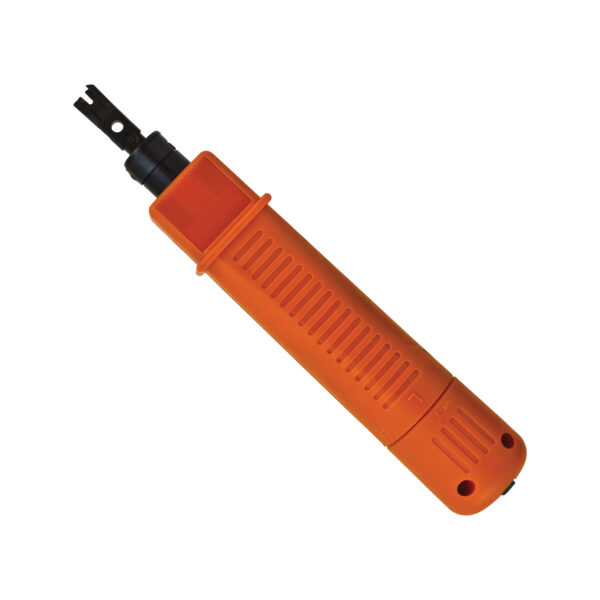
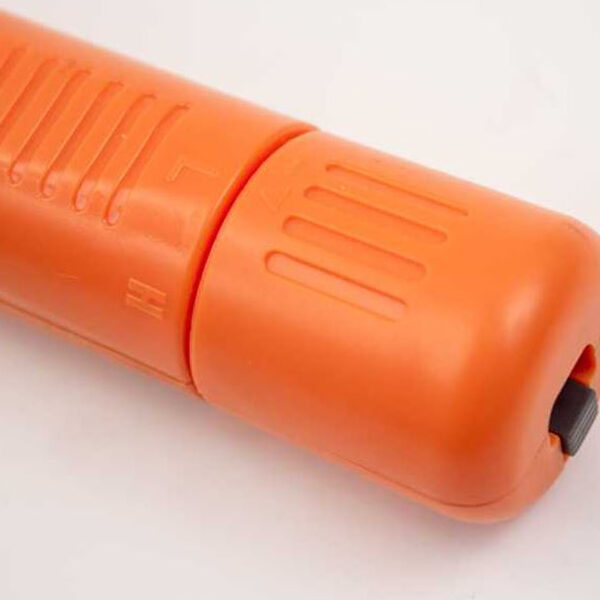
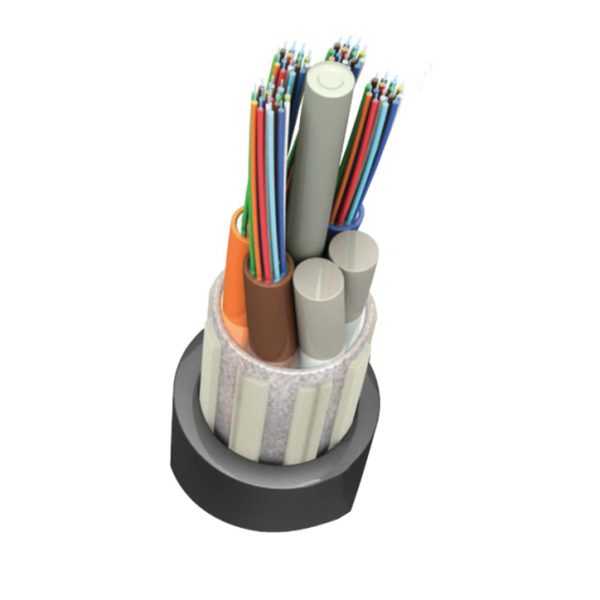
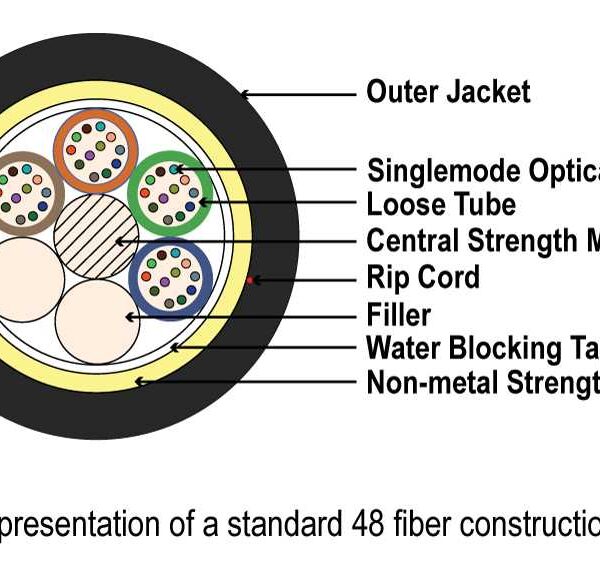
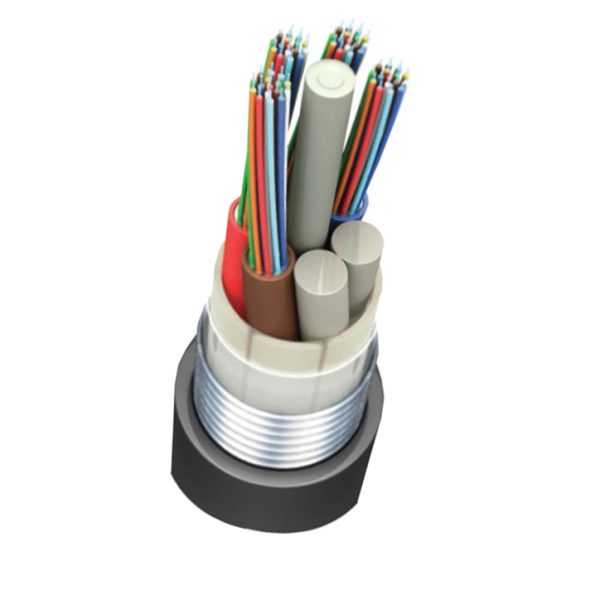
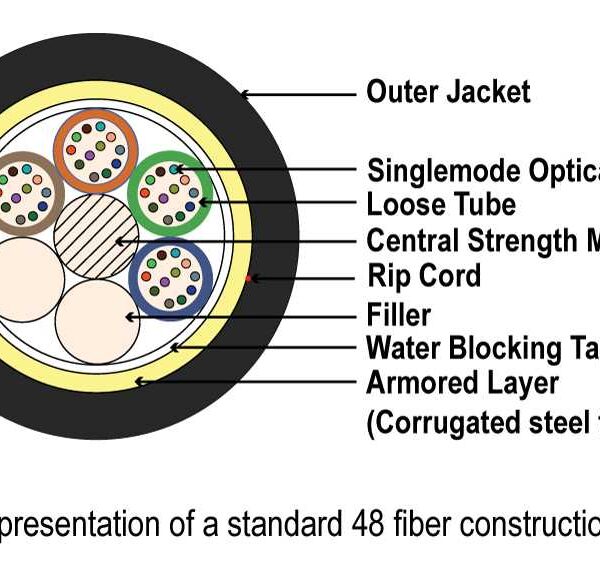
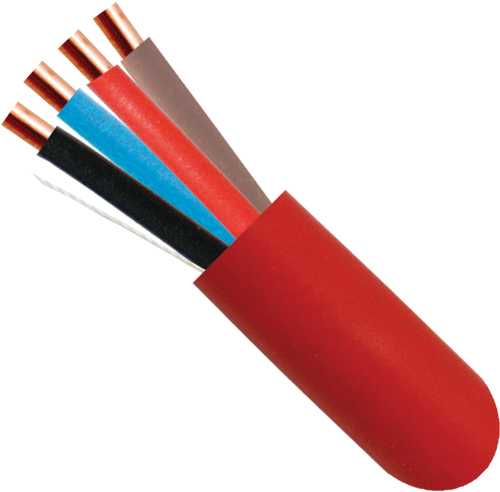
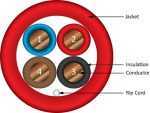
Reviews
There are no reviews yet.